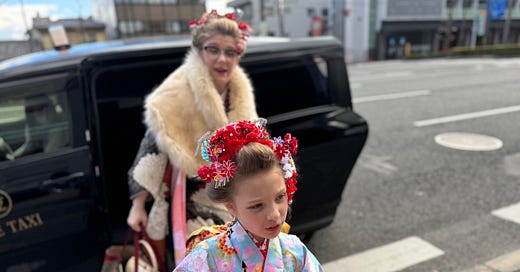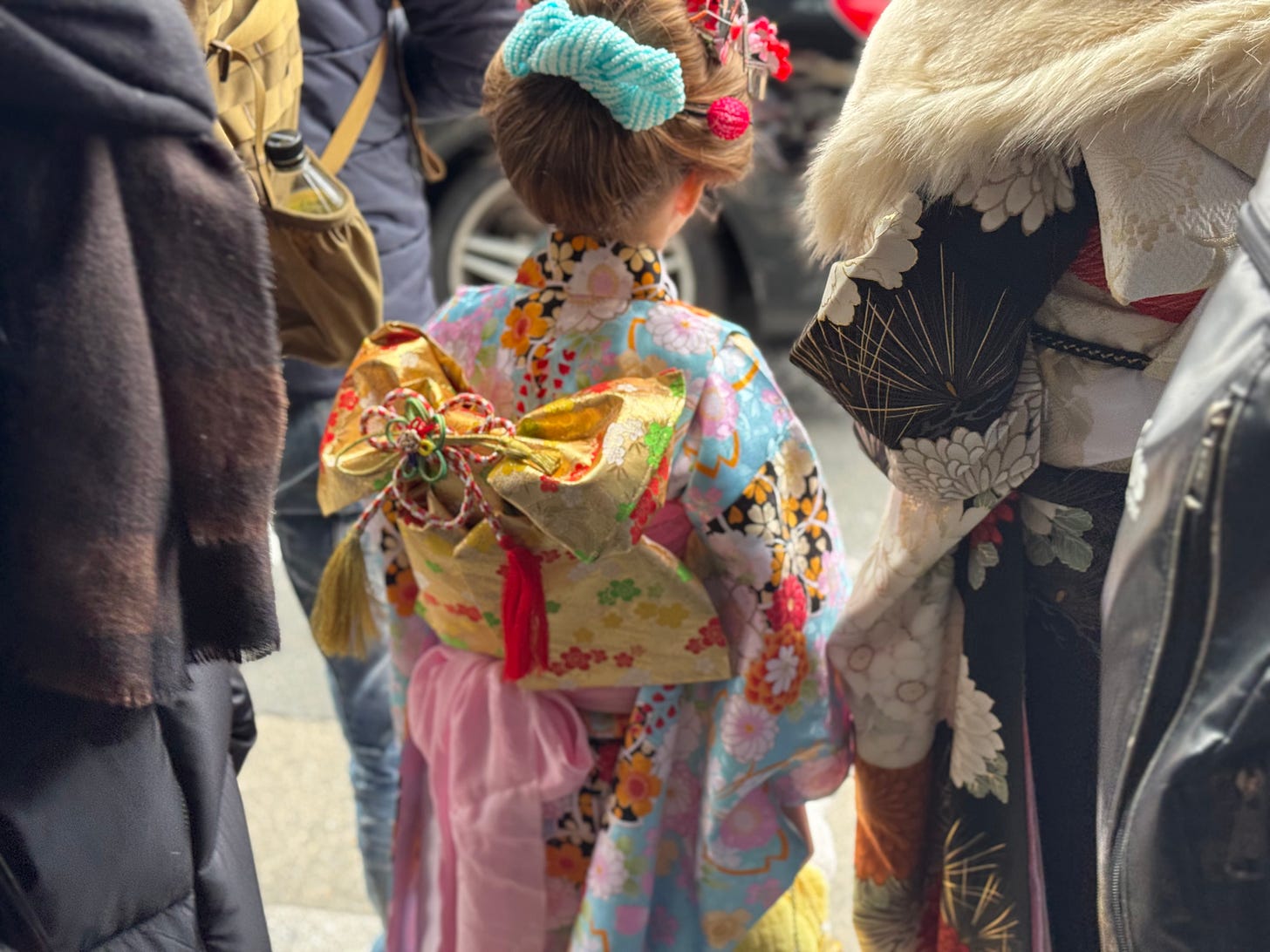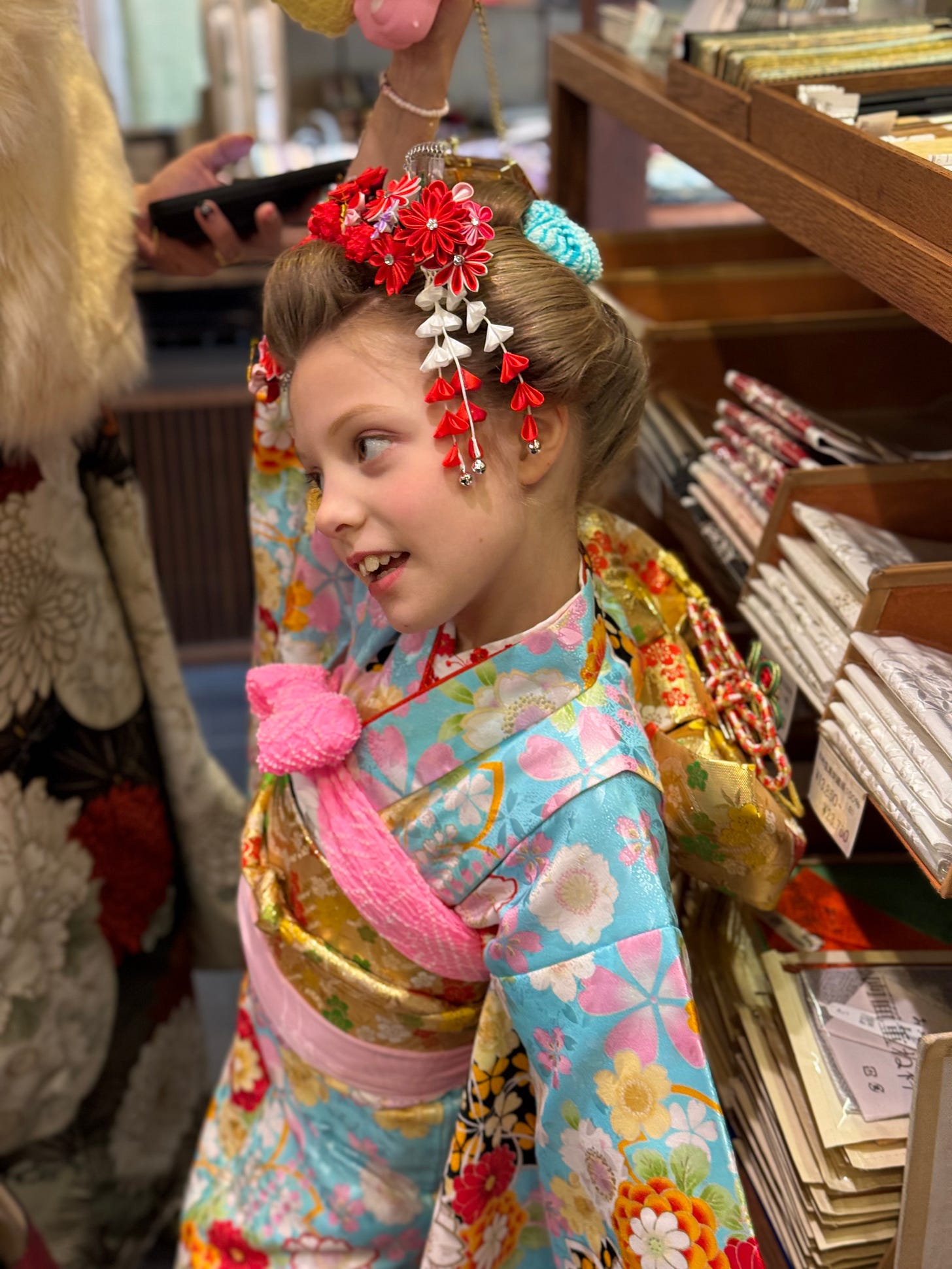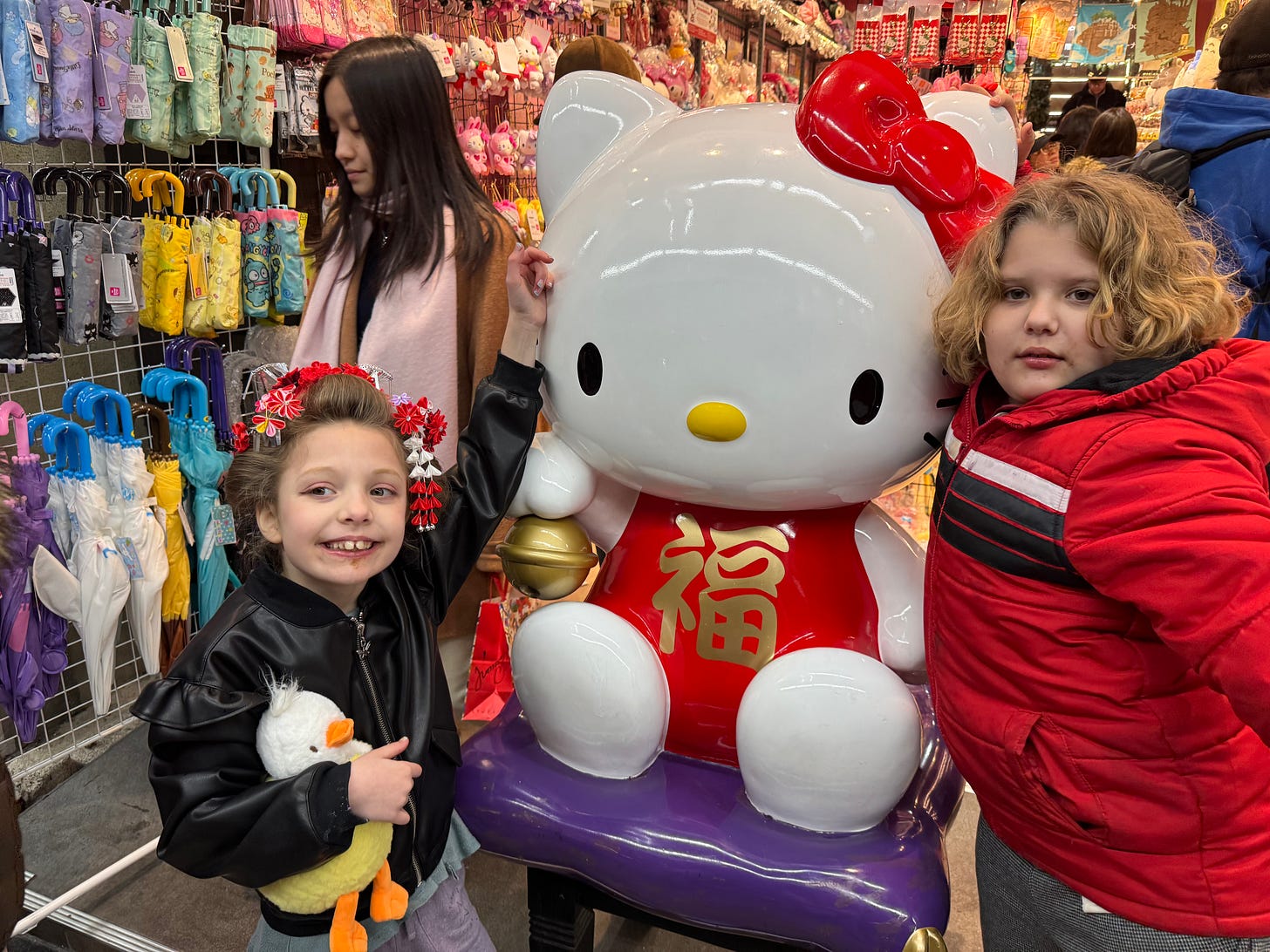When I travel, I often write articles that are different from my usual health-focused writing. I call these articles “dispatches.” Feel free to use the search term “dispatch” and read others from the series. This article is a dispatch authored in Osaka, Japan. Thanks for reading!
Having a word for a thing? It structures our thinking. Some languages have a single word while other languages don’t. Just “having a word” makes it possible to consider ideas more thoroughly than if we didn’t have a dedicated symbolic representation. Consider the word schadenfreude. It’s German, and, in that one word, which has an English-language translation to “taking pleasure in the misfortune of others,” we have a concise way of understanding a complex idea. However, a translation of a word is not the same as having a word that exists, natively, in a culture’s language. Words have heft and power—well beyond their meaning in someone else’s language. One such word is, in Japanese, is kawaii.
Kawaii translates to English as “cute” or “adorable.” There are other associated words that go along with it—tiny, childlike, and innocent. It is not just that something is cute. It’s a cultural value. It goes far beyond cute. It’s a driving force in modern Japan. It’s also relatively new, as a cultural construct, with origins the 1970s. You have heard of Samuri? And Honor? And Kamakazi? Imagine if Cuteness had a cultural potency on par with the Honor of Samuri? It does. It’s Kawaii.
Kawaii is a Japanese cultural phenomenon which emphasizes cuteness, childlike innocence, charm, and simplicity.
I leaned the power of Kawaii from, of all people, my very American daughter. Her name is Quinn. She is…quirky. Or so I thought. It turns out, she is either a slightly immature “New-Yorkian” as she identifies, or, at age 9, the living embodiment of a Japanese cultural ideal.
Aside from “cute,” the Japanese term “kawai” may also mean “adorable” or “lovable.” There is something about people or things being cute that make others want to hug them. Cuteness in Japanese refers to anyone or anything that is charming, shy, vulnerable, and childlike. These include cute handwriting, cute manga characters, and even Hello Kitty. The cuteness culture is now an integral part of the popular culture in Japan.
As gangsta is to hip-hop, or “disruption” is to Silicon Valley, kawai is to my daughter Quinn, and her emotional homeland of Japan. Before we go any further, here are some photos I took of Quinn yesterday—we went to get Kimonos rented, and walked around Kyoto taking pictures.
This is what Quinn looked like…
And this…
Selected Prior Dispatches…
And this…
And people in the city of Kyoto, people we never met before, were turning towards us, smiling. One older woman asked to take photos of Quinn. Not with our camera. With hers. Because Quinn was kawai. Quinn is almost a human San Rio character. People stopped us and smiled. She danced around the train station saying (not quietly) “I’m a duck. I’m a duck!”
No one was annoyed. This was socially sanctioned behavior, in the very same country that restricts younger children—up to 16— from many restaurants in which I would have liked to dine.
Kawaii has won Japan’s popular culture in a way that feels profoundly strange to a New Yorkian, such as myself. In my city, when women dress up as school girls? It’s a sexy thing. They are leaning in to “sexy school girl.” It’s ironic, sarcastic, sexualized, and not at all childlike. In Tokyo, Kyoto, and Kobe? Kawaii is unironic. It’s relentless. It’s not about your adult baggage.
It’s giving unabated childlike purity that thinks your creepy eyeballs should just back the f- off and get on the kawaii train. It’s about adults going to play claw machines—which, I’m telling you, are everywhere. You may recall, if you are a gen-Xer, we lamented consumer culture all the time? Teenage angst paid off well, and not sincerely. Well, it’s plausibly because we lack the concept of kawaii—here, you can buy ^&# you don’t need all day long—as long as it’s really, really cute. Sorry, kawaii. Superlative not required.
This is not the Kawaii of Hawaii. That word means water, and is not the same. This is the kind of cuteness that will take someone who grew up up on lamentations of crass consumerism and “The Lonesome Crowded West” by Modest Mouse…and lea me to wait in line for an hour to board a boat with my kids just to enjoy the following penguin—beyond the paywall are more cute photos, but limited insights of commercial value. Proceed accordingly.








